The Body as Oracle: channeling through somatic intelligence
The radio mast phenomenon and my journey into embodied channeling
When I enter trance states—whether through shamanic work, energy healing sessions with Reiki practitioners, Qigong, or during my current 5Rhythms dance practice and previously many dances with Caroline Carey at Middle Earth Medicine—something extraordinary happens to my body. I become what I can only describe as a radio mast: a living antenna that channels energy and responds with spontaneous, involuntary movements.
This phenomenon has become central to my spiritual and healing practice, and I've discovered that my unique neurological profile as both a synesthete and highly sensitive person amplifies this experience in remarkable ways.
The experience of becoming a radio mast
The sensation begins when I work with energy practitioners—shamanic healers, Reiki masters, or Qigong teachers. As I slip into trance, my body transforms into something resembling a receiving station. I feel energy flowing through me, and my physical form often responds automatically, moving in ways that feel guided rather than consciously directed. These aren't random movements; they feel purposeful, as if my body is translating invisible information into physical expression.
During vision journeys, this channeling becomes even more pronounced. For example, I recently gave birth to a golden egg in a powerful initiatory vision journey, guided and led by Anthar Kharana. My body actually was shaking and pushing whilst lying down, as I energetically had to push the egg out of my body in the vision.
My body doesn't just receive energy—it embodies it, becoming a conduit for forces I can sense but not always understand, or that takes some time to process and understand afterwards. The movements that emerge feel entirely spontaneous, yet deeply meaningful, as if my physical form has become a translator for non-verbal communication from realms beyond ordinary perception.
Dance as gateway to trance
My experience with 5Rhythms dance and other dance forms, for example, working with Caroline Carey in her dance movement and Mandorla workshops reveals another dimension of this phenomenon.
When I dance through the five sequential 5 rhythms—Flowing, Staccato, Chaos, Lyrical, and Stillness—I enter the same radio mast state, but with movement already in motion. The dance becomes a conversation between my body and the music, but it's more than just responding to rhythm. I feel like I'm downloading information through the movement itself, receiving guidance and knowledge that expresses itself through my physical form.
Working with practitioners like Caroline Carey at Middle Earth Medicine has deepened this experience even further. In these guided dance sessions, the combination of intentional facilitation and sacred space amplifies the channeling phenomenon. The practitioner's energy work creates a field that enhances my receptivity, while the dance provides the physical vehicle for whatever wants to emerge. It's as if the facilitator becomes another component in the receiving system, helping to tune and focus the information flowing through my body.
In these dance trance states, I'm simultaneously the receiver, the message, and the messenger. The music provides the carrier wave, but what I'm channeling extends far beyond the audible sounds. My body moves in response to information I'm receiving—patterns, energies, communications that translate into gesture, posture, and flow. The presence of skilled facilitators who understand this phenomenon creates a container where the radio mast experience can unfold safely and with greater depth.
The neurological foundation
What makes this experience particularly fascinating is understanding the neurological basis for my heightened receptivity. As a participant in the University of Sussex research program on synesthesia, I've learned that my brain already processes information in non-ordinary ways. Synesthesia means my sensory experiences cross typical boundaries—I experience information through unexpected channels, which may explain why I'm naturally receptive to what feels like channeled information.
Additionally, being a highly sensitive person (HSP) means my nervous system is hyper responsive to both internal and external stimuli. This heightened sensitivity creates optimal conditions for picking up subtle energetic information that others might miss entirely. When I enter trance states, this sensitivity becomes exponentially enhanced, transforming me into that radio mast capable of receiving and translating extremely subtle communications.
Understanding the phenomenon through research
Recent neuroscientific research is beginning to validate these experiences. Studies show that genuine trance states involve "a strong sharing of mental and physical energies and consciousness," which explains the feeling of becoming a conduit for external energies. Participants in trance research commonly report "a feeling of body dissolution," which perfectly describes my sensation of becoming a receiving station rather than a separate individual.
The spontaneous movement aspect relates to what researchers call automatic movement in trance states. My nervous system responds to altered consciousness by generating involuntary gestures, rhythmic movements, and body positioning that feels guided rather than consciously directed. These physical responses to perceived energy flows represent my body's way of processing and expressing information received in the trance state.
Research into dance-induced trance states reveals that rhythmic movement "activates the right hemisphere of the brain, the part theorized to be more active in hyperarousal trance" states. When I dance, I'm engaging "broad networks in the brain, including executive function, motor planning areas, sensory processing regions, emotional centers, and social cognition networks." In trance states, these networks become hyperconnected, creating experiences of receiving information that feels like it originates beyond ordinary consciousness.
The synergistic effect
What's particularly remarkable is how my synesthesia, high sensitivity, and trance receptivity amplify each other. Synesthesia already involves cross-modal sensory processing—experiencing information through unexpected channels. High sensitivity means I'm detecting extremely subtle cues. In trance states, these abilities merge and intensify, creating what I experience as channeling.
Research indicates that highly sensitive people have "a strong and innate drive for truth and a desire to seek out greater connection with our divine nature" and are "more prone to the splitting, dissociation and 'breaking open' of our ego." This suggests I may be neurologically predisposed to the ego-dissolution experiences that facilitate channeling. Becoming the hollow bone.
Living as a radio nast
This phenomenon has become integral to my spiritual practice and understanding of consciousness. Whether in energy healing sessions, shamanic journeys, or ecstatic dance, my body serves as both receiver and translator of subtle information. The experience challenges conventional boundaries between self and other, individual and universal, conscious and unconscious.
Rather than feeling like a passive recipient, being a radio mast feels like an active collaboration with forces beyond my ordinary awareness. My body becomes the interface between visible and invisible worlds, translating energetic information into physical expression that can be witnessed, felt, and shared with others.
Understanding the neurological basis for these experiences doesn't diminish their spiritual significance—instead, it provides a bridge between scientific inquiry and mystical experience. As research continues to explore the intersection of consciousness, altered states, and embodied experience, perhaps we'll gain an even deeper understanding of how some individuals naturally serve as translators between different dimensions of reality.
For now, I continue to honour this gift by maintaining practices that cultivate my receptivity while contributing to research that might help others understand these profound states of embodied consciousness. Being a radio mast isn't just what I do—it's become an essential aspect of who I am and how I navigate the interconnected web of energy and information that surrounds us all.
Why this matters: implications beyond the personal
While my experiences are deeply personal, they are not solely anecdotal curiosities. They offer insight into broader fields of inquiry and practice.
For neuroscience, my channeling might serve as a case study in how neurodivergent profiles like synesthesia and high sensitivity intersect with altered states of consciousness. For those in somatic therapy or trauma recovery, the spontaneous, involuntary movements I describe resemble what practitioners identify as neurogenic tremors—bodily expressions that help release stored energy or trauma. However, in my case, the movement is not only therapeutic—it is also a form of transmission, suggesting a potential dual function in somatic channeling.
From a spiritual development perspective, my body acts not as an obstacle to spiritual connection, but as its primary conduit. This challenges traditions that view transcendence as something that leaves the body behind and offers a lived example of a more integrated, embodied spiritual path.
Connecting with somatic psychology
These spontaneous bodily expressions bear a strong resemblance to what somatic practitioners identify as neurogenic tremors or ‘discharge movements’—bodily releases of stored trauma or energy. But rather than only being therapeutic release, these movements also serve as a form of transmission or reception. My body doesn’t just unwind—it communicates. The movements are not incidental—they are expressive, gestural, and often symbolic.
Consciousness studies and first-person research
As someone who participates in synesthesia research, I’m increasingly curious about how first-person accounts like mine might complement scientific research in fields such as neurophenomenology—the study of consciousness that incorporates both subjective experience and neurological data.
Embodied channeling could offer a valuable lens for interdisciplinary inquiry. Understanding these states through both data and direct description might help bridge the gap between cognitive science and mysticism, between lab-based research and embodied wisdom.
Distinguishing trance from dissociation
It is important to clarify that this state isn’t one of losing contact with my body—but deepening into it. Unlike dissociation, where one becomes numb or fragmented, this experience intensifies sensation, agency, and presence. The body becomes more alive, not less. In this way, trance channeling in my experience is a coherent expansion rather than a psychic fragmentation.
Field notes for fellow masts: How others might explore this
If you’re reading this and feel some resonance, or a subtle internal yes, you might already be experiencing some version of the radio mast phenomenon. While each journey is unique, here are a few gentle guideposts:
Notice involuntary micro-movements during meditation or dance. Track them without judgment—they might be meaningful, not random.
Create safety first. Nervous system regulation, grounding techniques, and supportive spaces are essential before exploring deeper trance states.
Use practices that combine movement and stillness—like Qigong, 5Rhythms, or conscious dance—as these modalities offer fertile ground for embodied channeling.
Seek facilitators who understand trance or energy work. Skilled guides can hold a field that sharpens your receptivity and helps you interpret what emerges
Sources and Citations
Trance and Channeling Research:
1. Khoury, B., et al. (2024). "Phenomenological characteristics of auto-induced cognitive trance and Mahorikatan® trance." Neuroscience of Consciousness, Oxford Academic.
- Available at: https://academic.oup.com/nc/article/2024/1/niae024/7685370
2. Wahbeh, H., et al. (2018). "A physiological examination of perceived incorporation during trance." PMC (PubMed Central).
- Available at: https://pmc.ncbi.nlm.nih.gov/articles/PMC6384530/
3. Terhune, D.B., et al. (2024). "Exploration of trance states: phenomenology, brain correlates, and clinical applications." *ScienceDirect*.
- Available at: https://www.sciencedirect.com/science/article/pii/S2352154624000512
4. Beischel, J., et al. (2021). "Characteristics of English-speaking trance channelers." *ScienceDirect*.
- Available at: https://www.sciencedirect.com/science/article/abs/pii/S1550830720300835
5. First Spiritual Temple. "Trance Mediumship and Channeling."
- Available at: https://fst.org/spiritual-teachings/trance-mediumship-and-channeling/
5Rhythms and Dance Research:
6. Wikipedia. (2022). "5Rhythms." Last updated September 15, 2022.
- Available at: https://en.wikipedia.org/wiki/5Rhythms
7. Official 5Rhythms Organization. "Gabrielle Roth's 5Rhythms."
- Available at: https://www.5rhythms.com/gabrielle-roths-5rhythms/
8. Karass, A. "5RHYTHMS - States of Being."
- Available at: https://www.arielkarass.com/5rhythms
9. FlowMotion Dance. (2023). "The History of 5Rhythms Dance and Gabriel Roth." September 7, 2023.
- Available at: https://www.flomotion.dance/post/the-history-of-5rhythms-dance-and-gabriel-roth
Synesthesia and High Sensitivity Research:
10. Aron, A., et al. (2014). "The highly sensitive brain: an fMRI study of sensory processing sensitivity and response to others' emotions." PMC (PubMed Central).
- Available at: https://pmc.ncbi.nlm.nih.gov/articles/PMC4086365/
11. Psychology Today. (2014). "Sensory Sensitivity and Synesthesia." July 23, 2014.
- Available at: https://www.psychologytoday.com/us/blog/feeling-too-much/201407/sensory-sensitivity-and-synesthesia
12. Highly Sensitive Refuge. (2024). "Are Highly Sensitive People More Likely to Have Synesthesia?" December 4, 2024.
- Available at: https://highlysensitiverefuge.com/highly-sensitive-people-synesthesia/
13. ADDitude Magazine. (2021). "Highly Sensitive Person: Sensory Processing Sensitivity vs. ADHD." February 2, 2021.
- Available at: https://www.additudemag.com/highly-sensitive-person-sensory-processing-sensitivity-adhd/
Additional Resources:
14. IONS (Institute of Noetic Sciences). (2021). "Dissociative Trance Disorder vs. Trance Channeling." August 24, 2021.
- Available at: https://noetic.org/blog/dissociative-trance-disorder-vs-trance-channeling/
15. Wikipedia. "Trance" - General overview of trance states and mechanisms.
- Available at: https://en.wikipedia.org/wiki/Trance




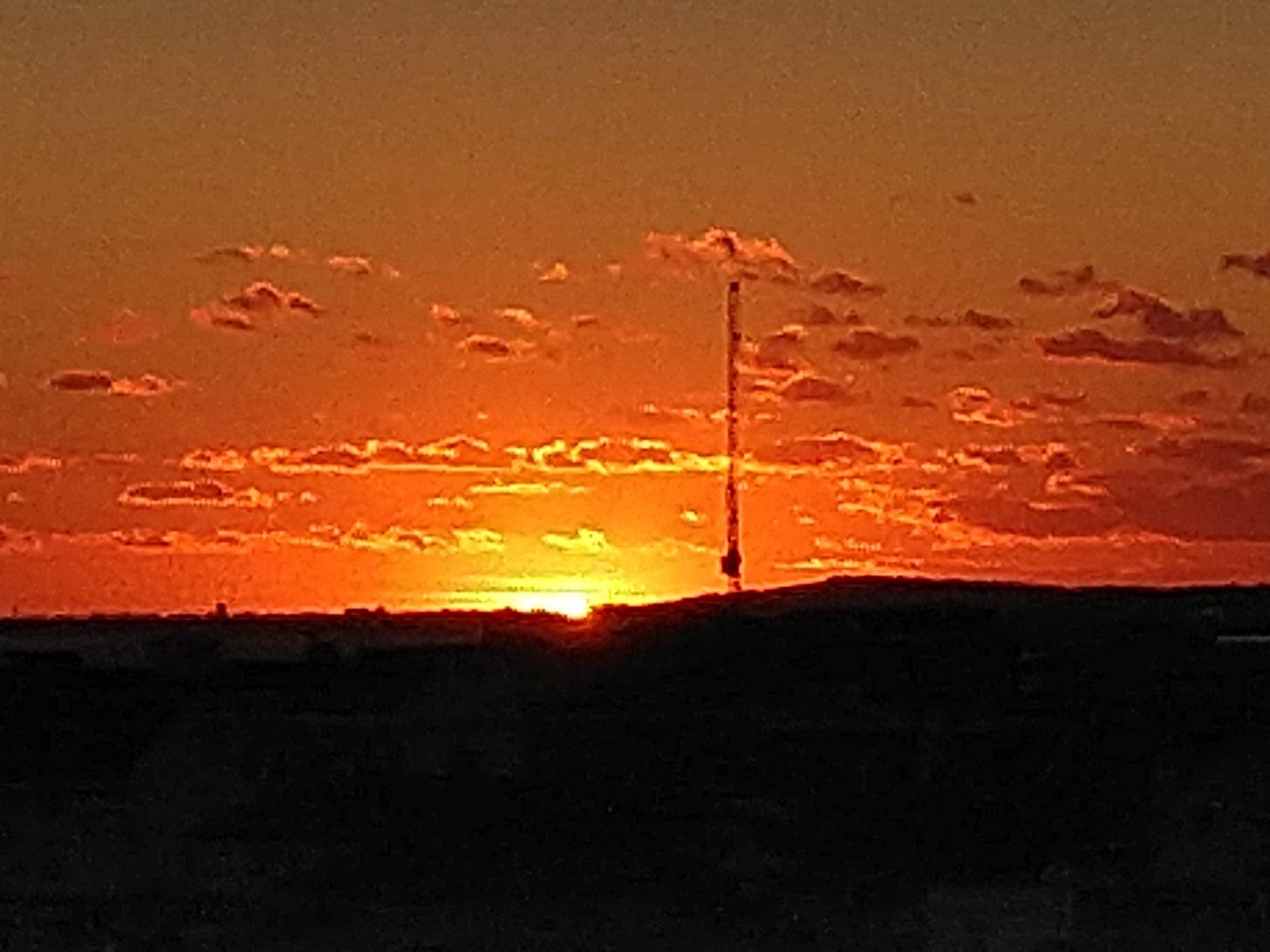

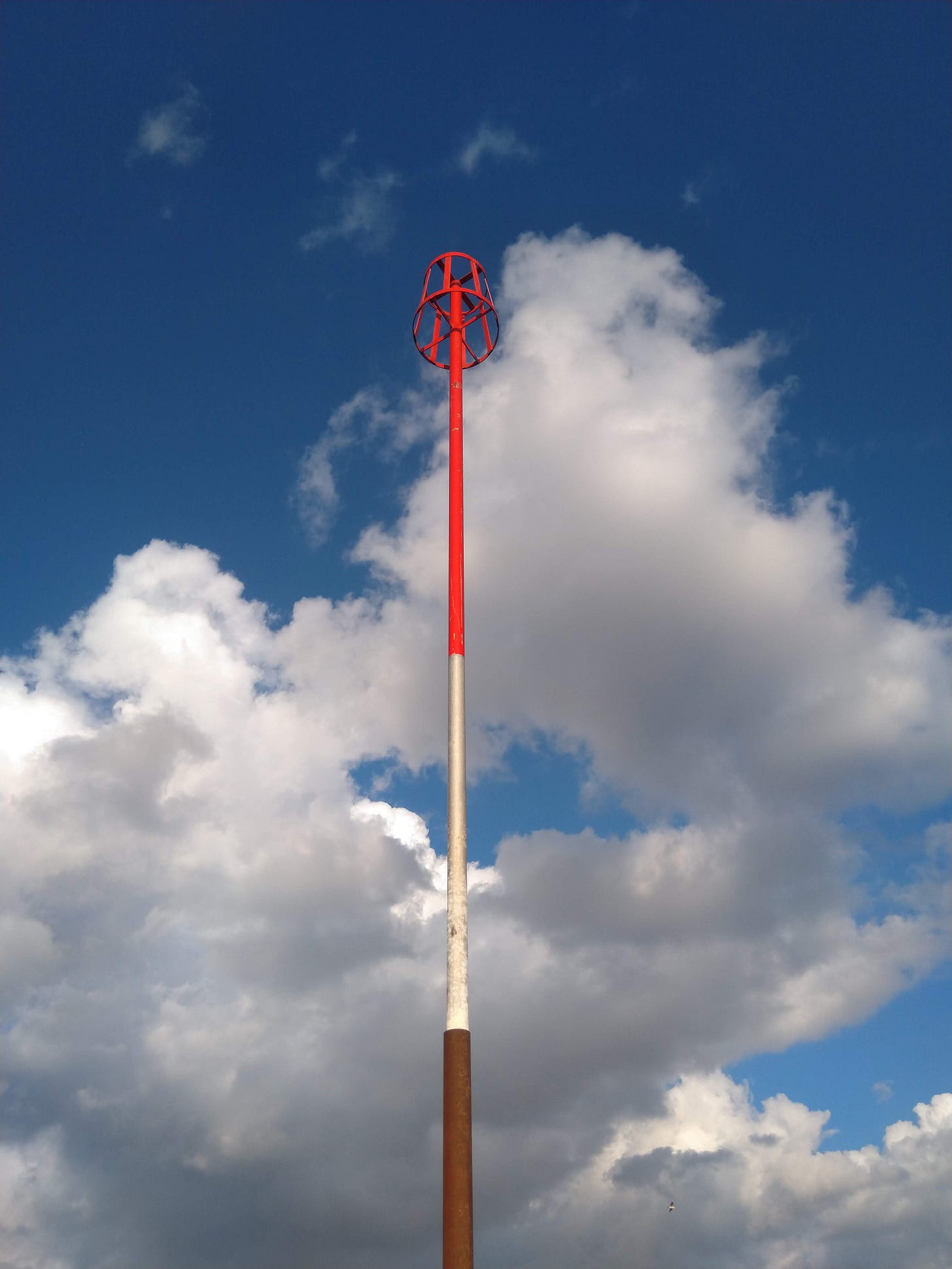
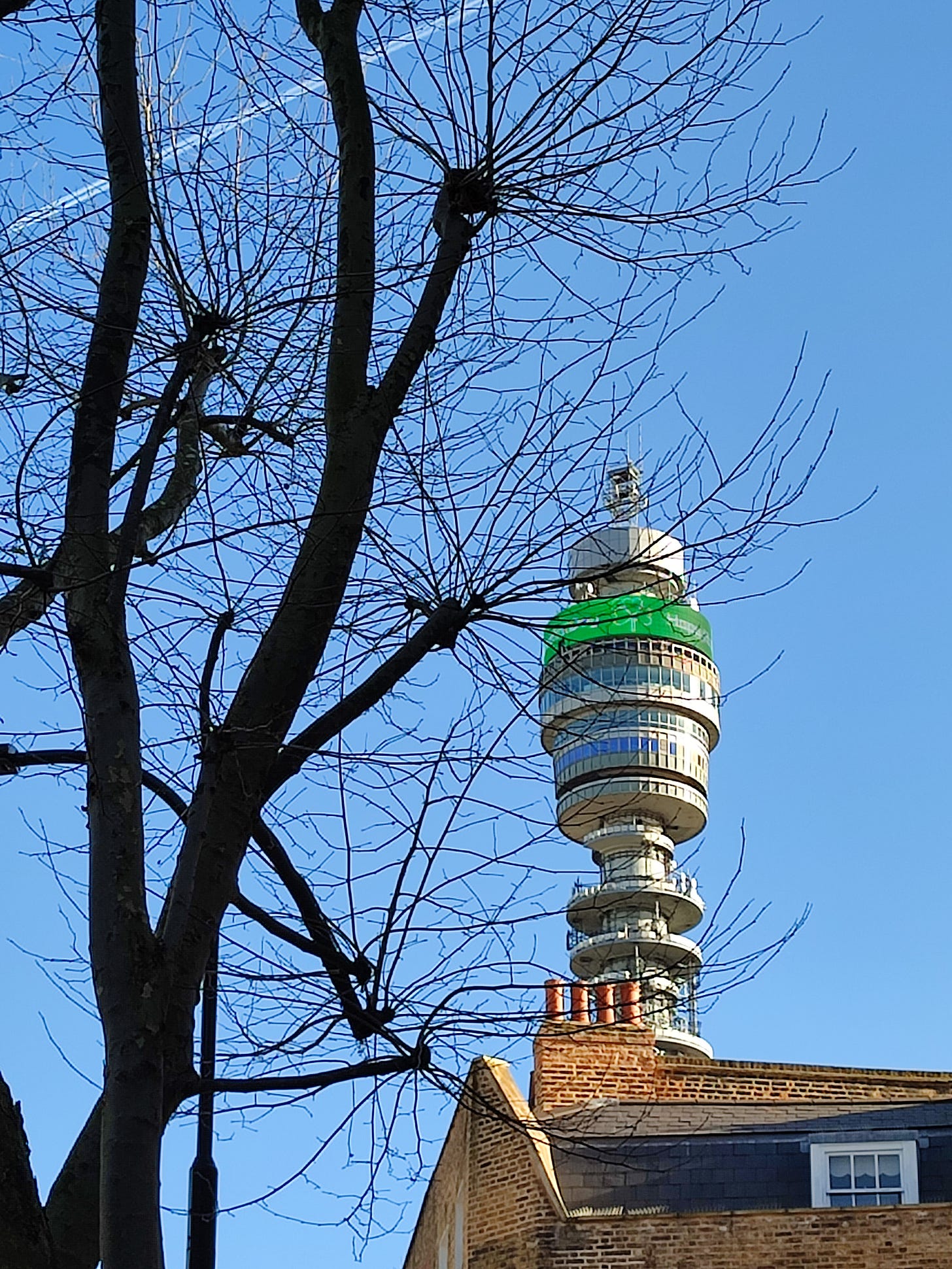
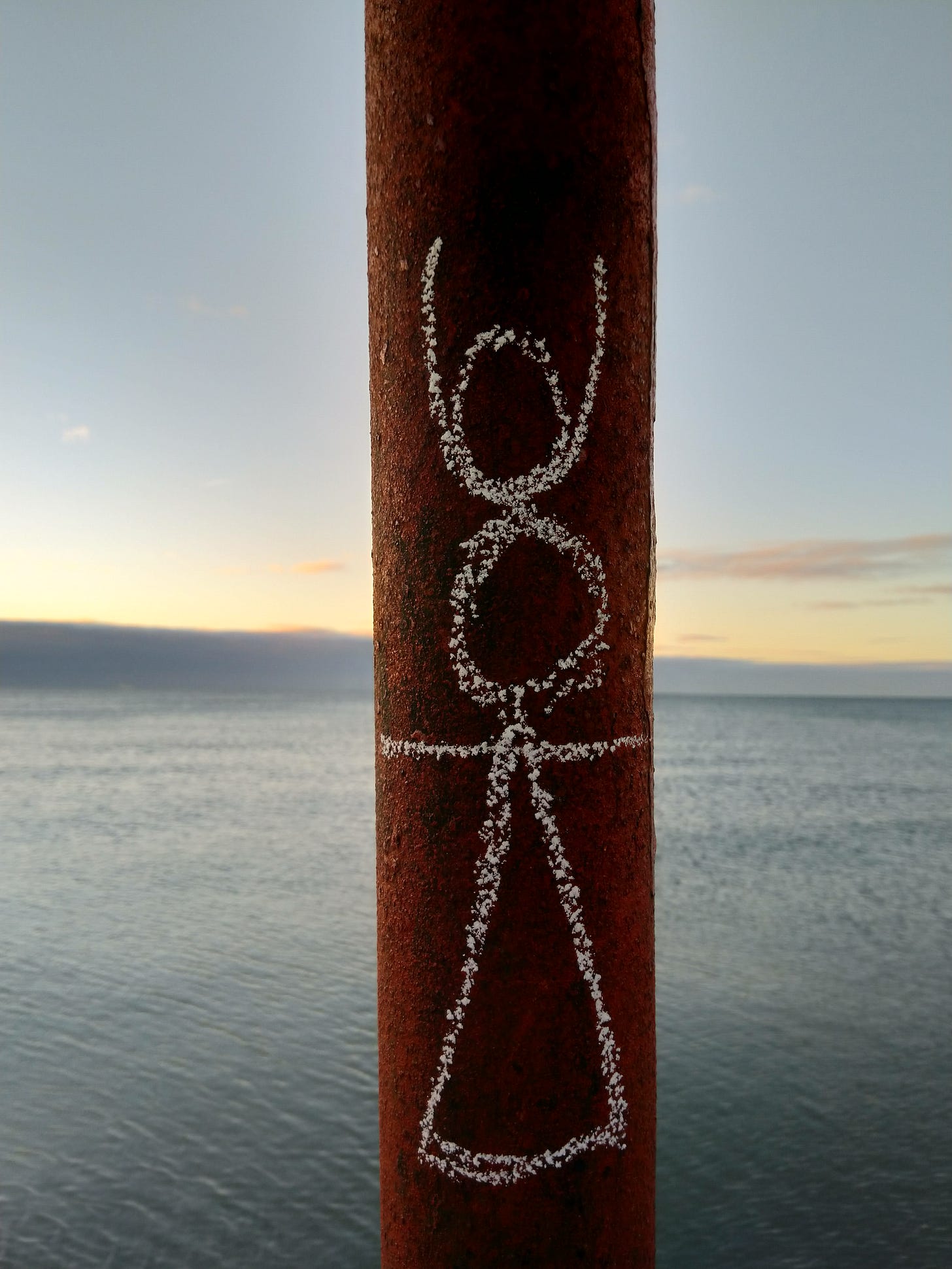

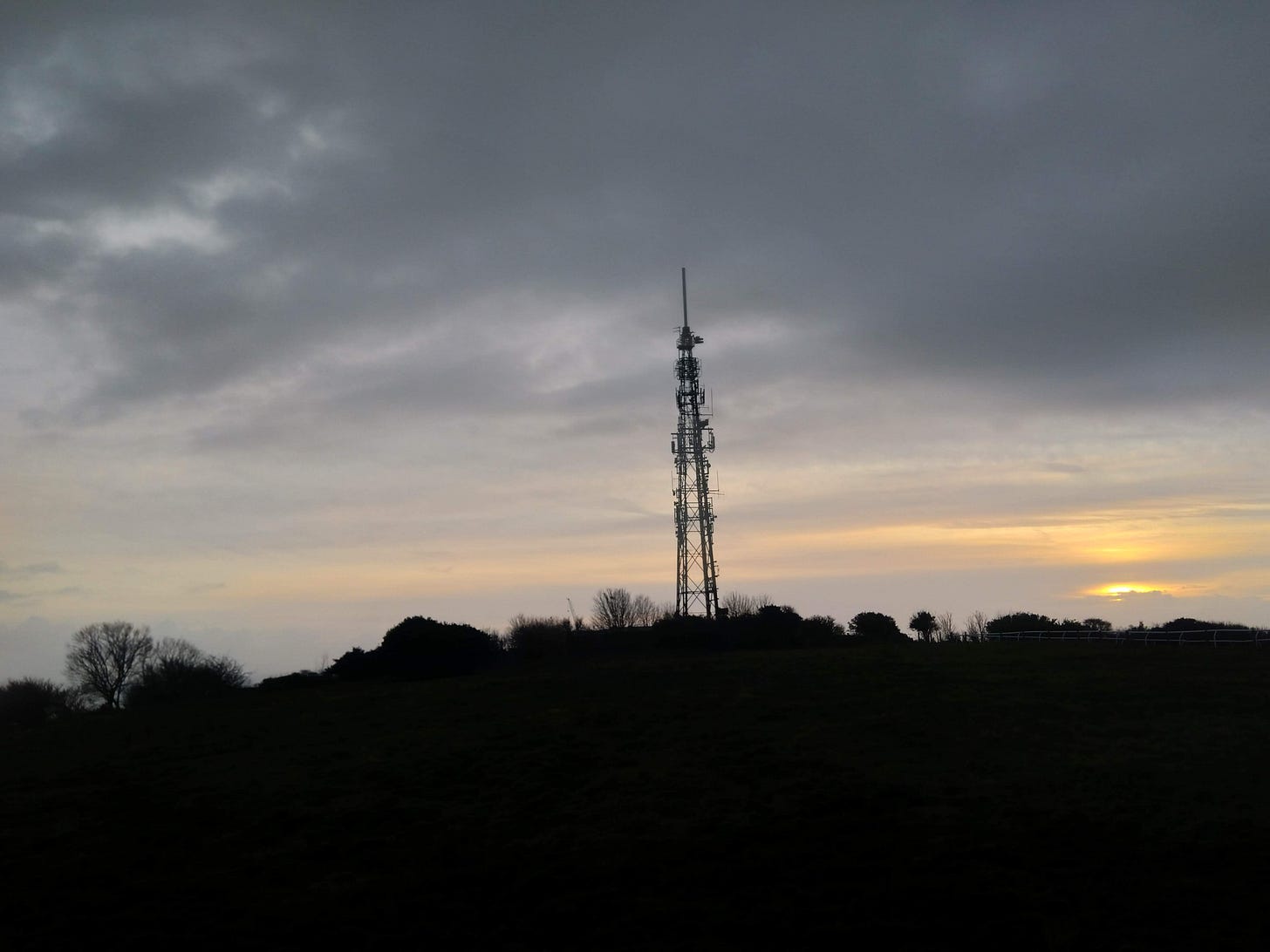

Sensational Serena, I want to thank you for sharing this experience with us all. I must share with you that I had a very close personal friend, Jessica who experience exactly what you are talking about during a spiritual retreat in a very sacred space we were on. The Retreat was a Network Spinal Analysis Retreat that included Somato Respiratory Integration (12 stages). We actually had a workbook so in reading what you just posted. I am sure now that Jessica did these exercises that made her my receptive and sensitive to her environment. At the time we had no idea, how or why it happened but you have help me tremendously as Jessica meant a lot to me and she was very confused after that experience. I too am a highly sensitive individual and I can hear music during certain times so this helps me a lot, helps connect very important dots. It does challenge the conventional boundaries of self and other and it has provided me with a very strong drive to for truth and our divine nature. I want to thank you for your willingness to go into the unknown and share your experience with me. I thank you for cultivating your receptivity and I thank you for being here on Substack. I feel called to share this experience. All the best to you dear one. I thank you for the part you are and have played in my spiritual journey.
Wonderful read Serena. The experiences feel both profound and magical at the same time. 🌹🙏x